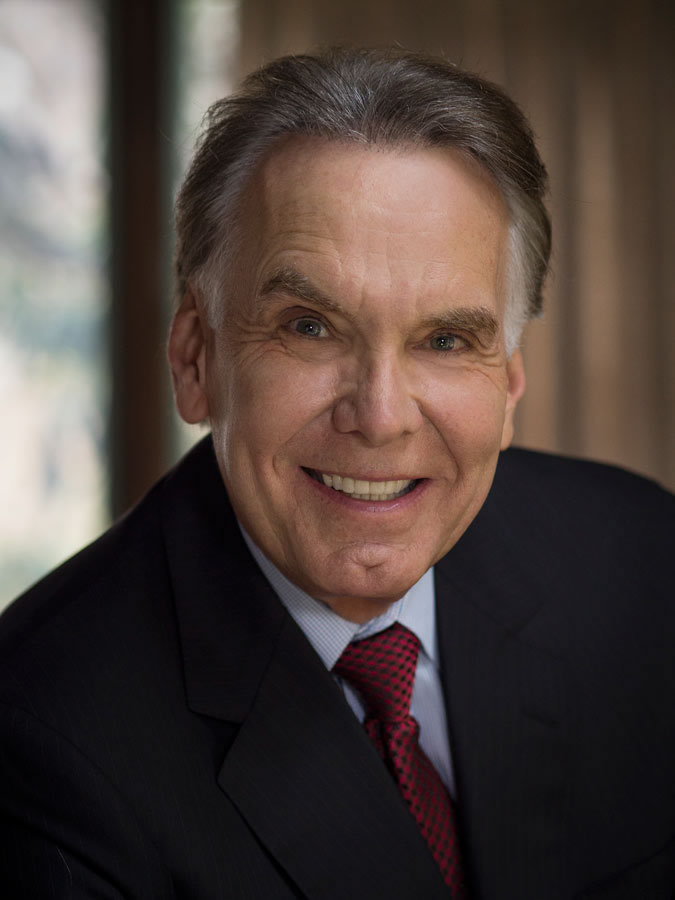Six Powerful “Strong Advice Points” For Healing & Nurturing Your Caregivers
“There are so many ways to heal.
Arrogance may have a place in technology, but not in healing.
I need to get out of my own way if I am to heal.”
– Anne Wilson Schaef
I have been out of the writing and reading groove for around six weeks.
It’s been an extraordinary experience-one I would not like to go through again.
On July forth, I took a headfirst tumble down a set of stairs in my home. In retrospect it was quite dramatic. I painfully crawled back up the stairs. In the background my wife was telling me we needed to call an ambulance. Fortunately, or unfortunately, I’m a very stubborn male.
After agonizing my way to bed, I got up again and passed out doing yet more damage. The following morning, I gave in and Susan called an ambulance. It was quite a scene. In addition to the ambulance, police and a massive fire truck were in our driveway. My first thought was that neighbors would think someone had bitten the dust.
As the EMT men struggled to get me down two flights of stairs and settled in the ambulance, I was in agony.
The next few hours were a blur: Lying on a gurney, getting into the emergency section of Bridgeport Hospital, IV and antibiotics, tetanus shot and CAT scan for my brain and numerous ex-rays and MRI’s for the rest of my body. The result was seven staples in my scalp, three fractured ribs and a host of severe bruising on my coccyx and lower body. No walking for me.
After being taken to the hospital, it took three days to actually admit me.
Then, a short nightmare, a room with four others, the man next to me coughing and watching TV all night. My pain surmounted my compassion.
The next day I was moved to a single room. More visits by doctors and everything else that goes with being in a hospital. Another three days in the hospital with limited physical movement.
Susan and I knew that I would need extensive rehabilitation. It would be impossible for her to care for me in our multi-stepped home. I was FINALLY transferred to Carolton rehab in Fairfield.
Three weeks in rehab and I’m finally home walking slowly with my cane.
The good news is that I have learned so much about physical rehabilitation.

MUST KNOW FACTS ABOUT CHALLENGES FACED BY ALL CAREGIVERS
If you or a loved one are faced with physical rehab, it’s vitally important that you KNOW AND TAKE TO HEART THE CHALLENGES THAT PHYSICAL THERAPISTS AND NURSES FACE.
I became a gentle questioning machine and did my best to establish a relationship with everyone who helped me. To my count there were more than 25 individuals, mostly female.
These opinions were expressed to me over the period of my stay and I have learned so much about physical rehabilitation.
Caregivers are humans with complex lives and many demands outside of work.
– Dr. Aaron Blight
These four points are a summary of what most everyone in the facility faced:
1) Physical Burnout: Many of these caregivers are on their feet 10 hours a day, six days a week.
2) Emotional Stress: Unfortunately, many patients express their anger at the very people who are there to help them heal. Add to that, 90% of the caregivers I came in contact with were single parents facing financial burden.
3) Isolation: Many caregivers have little social life. By the time they rest and take care of necessities, they are back at their job.
4) Financial Strain: Caregivers do not earn a lot of money.
EVERYTHING I’m going to suggest to you is based on what I was told throughout my six days in the hospital and three weeks in a physical rehab facility and out-patient PT, by all who attended me.
Here’s what you can do to get the most out of your physical therapy AND get the therapists to emotionally commit to your wellbeing.
Remember! Keep in mind that your caregivers (nurses, aids, occupational and physical therapists) are there to help you heal.
When I was in pain, I couldn’t think much about anyone else. That’s OK. But, as soon I began healing and the pain meds took hold, I was able to pay attention to those who were helping me.
“It’s when we start working together that the real healing takes place.”
– David Hume
Six “Strong Advice” points for your recovery and healing.
Strong advice #1: Have the courage to ask questions, especially in your initial consultation.
Your therapist absolutely needs you to ask questions. That is the bond you establish and it shows that you are a partner in your healing.
Have an open mind with your willingness to be honest.
Asking questions helps you manage your expectations, and your expectations are a vital part of your healing.
In the April 2022 “Physical Therapy and Rehabilitation Journal”, the researchers write, “Expectations are defined as strong beliefs that something will or should happen. Recovery expectations, also known as “predicted outcomes,” are defined as an individual’s belief in the potential for success in their treatment approach. When receiving medical and surgical care, there has been a strong relationship observed with patient expectations on their outcomes in disability, function, and pain.”
If you have an advocate, which I strongly suggest you do, encourage that person (partner, friend, or wife) to ask questions and write down the answers.
“Healing takes courage, and we all have courage, even if we have to dig a little to find it.”
– Tori Amos
Strong advice #2: Show your appreciation.
I cannot emphasize this strongly enough.
Being rude is how you drive caregivers emotionally away.
Always show your appreciation and say “Thank you” to everyone who assists you. I know for a fact that it means the world to them.
You cannot imagine the number of individuals who never thank their physical therapists and caregivers.
How would that make you feel if you were in their position?
“We must find time to stop and thank the people
who make a difference in our lives.”
― John F. Kennedy
Strong advice #3: Set Goals.
Inside every room, near the door, is a chart naming the current nurse, aid, and therapist. Towards the bottom of the chart is a section entitled “GOAL.” Mine said “Have zero pain.”
What I explained at the beginning was that I have a low tolerance to pain. By the way, I had no ego or macho limiting belief that expressing my feelings lessoned me as a man.
I also expressed that my goal was to walk again without pain whether it be using a walker or cane. They honored that goal for my entire stay.
“Goal-setting is powerful because it provides focus. It shapes our dreams.
It gives us the ability to hone in on the exact actions
we need to perform to achieve everything we desire in life.”
— Jim Rohn
Strong advice #4: Don’t overdo it.
This can be a Catch 22. Physical therapists are there to “stretch you” not to hurt you. You call the shot but – be brave!
Some people are so fearful that it can inhibit their healing. Some, like me, are so “Gung Ho” that I can easily overdo it. Thanks to my therapists who knew when to limit me.
I’ve worked out in a gym since 1972. “No Pain, No Gain” has been the mantra of gym life. Maybe, but in healing it is wrong, wrong, wrong.
“Healing involves discomfort. But so is refusing to heal.
And over time, refusing to heal is always more painful.”
— Resmaa Menakem
Strong advice #5: Commit to your healing and don’t skip your sessions.
Here is the way it works in physical rehab: The physical and occupational therapists have a list of rehab patients. If you say “no” when they come to your door, they move on. And, if you do it often enough, you will go to the bottom of the list.
If you are deeply committed to your healing, always do your rehab when the therapists ask.
Demonstrate your commitment to your healing!
“Success is almost totally dependent upon drive and persistence.”
– Denis Waitley
Strong advice #6: Do your homework between sessions.
This is absolutely necessary for your healing.
In order to accomplish my goals of moving freely and painlessly without
a walker or cane, I had to do certain exercises and stretches every day I was not in therapy, and I did them.
The physical therapist was adamant that I do certain exercises every day. I was given specific exercises that required me to do a few minutes work between sessions.
Look at it this way. Losing weight demands you eat a certain number of calories consistently. It’s not necessarily fun.
The question with therapy is, “Do I want to achieve physical freedom?”
I’m still in outpatient physical therapy and on the mend.
I can absolutely guarantee you that if you become a partner in your healing and recovery and apply the above six points, you will be amazed at how fast the body heals. And remember, it is so important to show appreciation and respect to your caregivers and therapists.
IMAGINE THAT!
James Mapes is a keynote speaker, best-selling author, coach and hypnotist. His most recent book IMAGINE THAT! Igniting Your Brain for Creativity and Peak Performance is the first web-supported book with access to 21 video-coaching clips.

James Mapes is the founder of Quantum Leap Thinking™, creator of The Transformational Coach™, expert on the psychology of “applied imagination,” best-selling author, highly acclaimed business speaker, consultant, seminar leader and personal excellence coach.
